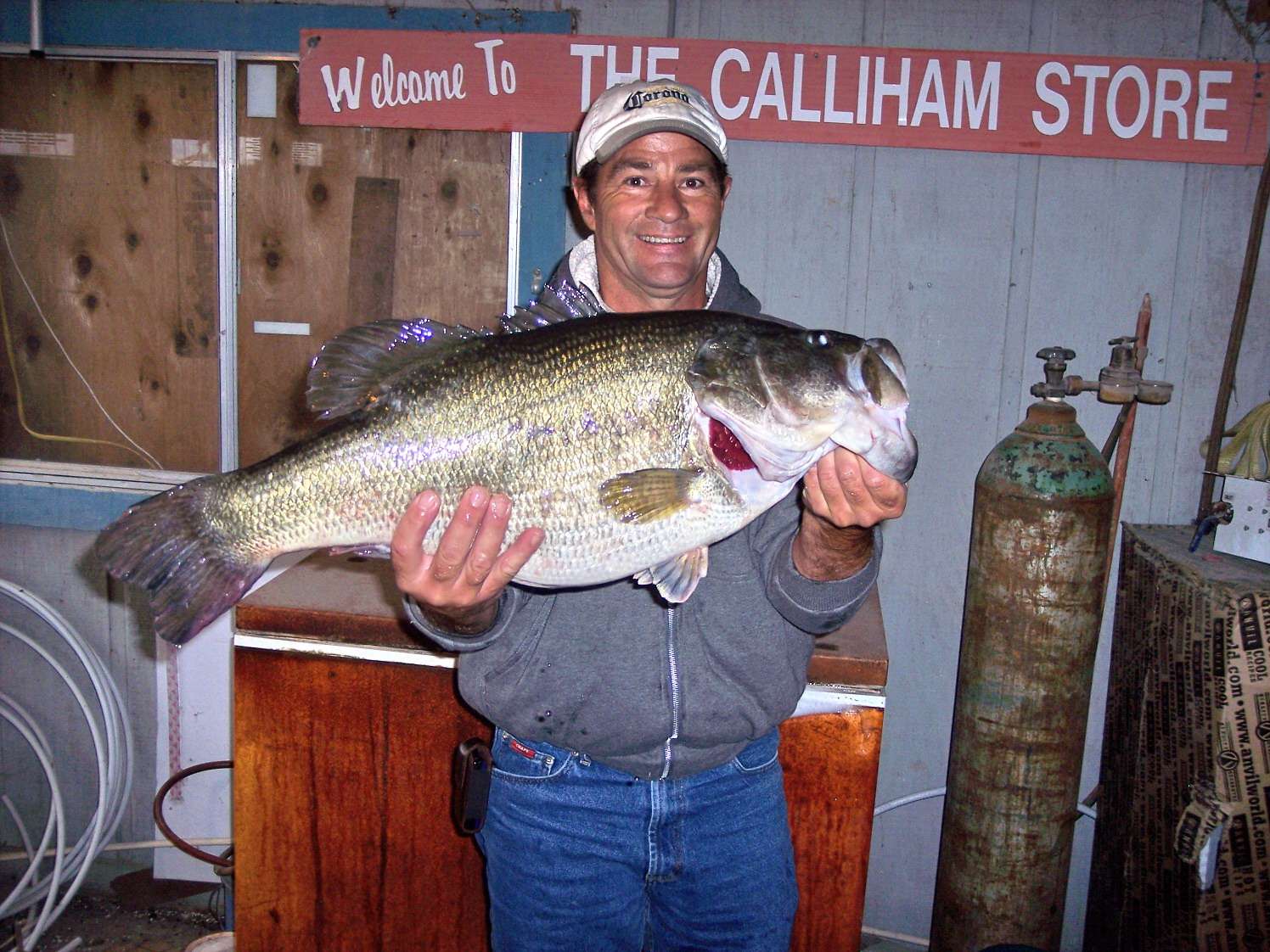
AUSTIN, Texas — The Texas’ Toyota ShareLunker Program launched for the 2016-2017 season on Oct. 1 with some changes from previous years.
First, only bass of 13 pounds and heavier caught between Jan. 1 and March 31 will be accepted as brood stock for spawning. Fish caught before that will be weighed and measured, with a fin clip obtained for genetic analysis, before they are returned to the anglers who caught them.
“When we analyzed the ShareLunker data, we looked at what percentage of the fish actually spawned in captivity,” said Craig Bonds, fisheries division chief for Texas Parks and Wildlife Department (TPWD). “We found that fish caught from Oct. 1 through December rarely spawned. In contrast, 85 percent of the ShareLunkers caught from January through March were successfully spawned.”
Additionally, TPWD will attempt to spawn all entries taken during that latter period, regardless of genetics. Previously, pure Florida-strain bass primarily were used because of limited hatchery space. But still only Florida bass will be incorporated into the hatchery brood stock program.
“Pure Florida largemouth bass make up nearly half of all ShareLunkers entered while they typically make up less than 10 percent of bass in the wild. That means they likely provide the best chance to reach trophy size,” said Todd Engeling, chief of inland hatcheries. “TPWD will begin converting hatchery largemouth bass brood stock so that eventually all will be descendants of pure Florida ShareLunkers.”
Finally, ShareLunker entries will be accepted from private waters. But their offspring no longer will be stocked in them, even when the bass was caught in a private fishery.
The changes are part of a long-term strategy being developed for the Toyota ShareLunker program, according to Kyle Brookshear, program coordinator. A team of hatchery scientists, fisheries managers, and education and outreach experts is evaluating the program’s long-term goals and strategies. Additional changes will be incorporated into future seasons with the goal of increasing angler participation.
“As a competitive angler and fishing advocate, I am thrilled to be part of the ShareLunker program and to contribute to its new direction,” said Brookshear. “We want to continue to reward our anglers for not only catching a trophy largemouth bass but also for helping us manage our fisheries to enhance trophy bass fishing in Texas.”
Bonds added that TPWD also is considering an angler recognition program similar to Florida’s Trophy Catch, which recognizes anglers who catch, report and release bass weighing 8 pounds or more.
Learn more about the Texas Toyota ShareLunker program at http://tpwd.texas.gov/spdest/visitorcenters/tffc/sharelunker/.





